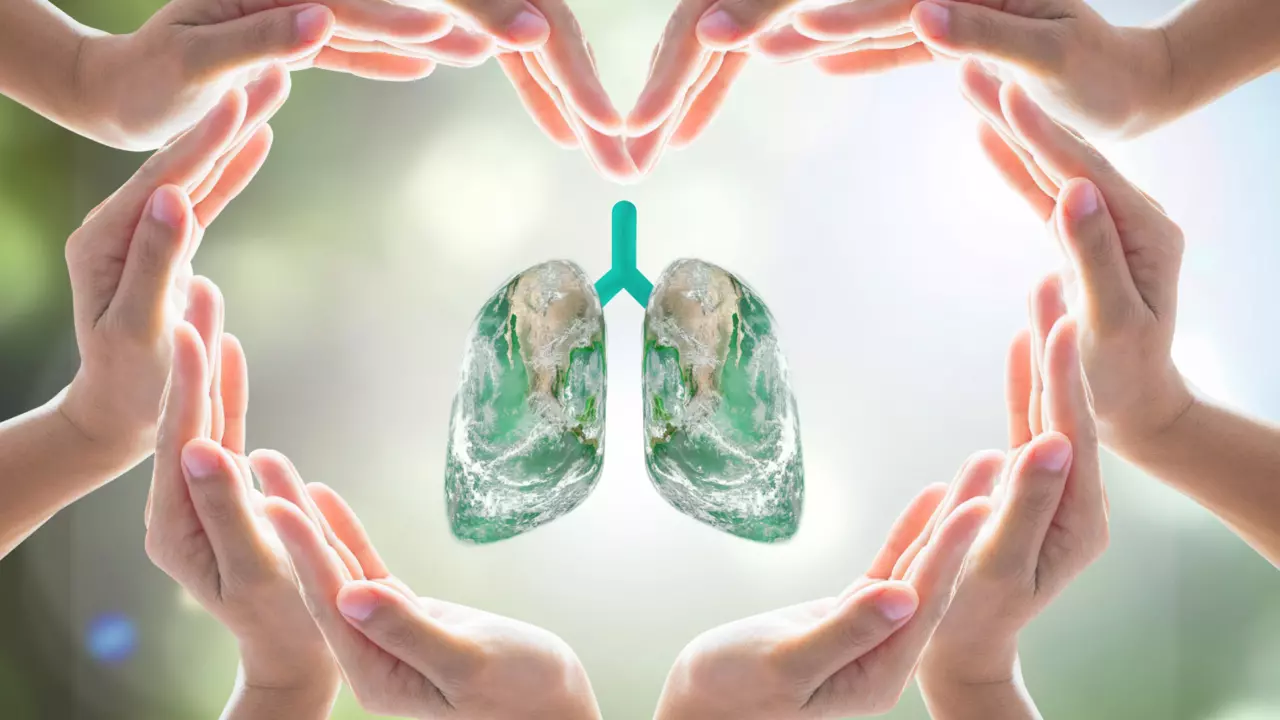Lung Collapse (Pneumothorax)
A pneumothorax occurs when the air leaks from the lung causing it to collapse. Sometimes this happens spontaneously, and no cause is ever found. However, several rare inherited conditions can cause a lung collapse including BHD.
Around 1 in 4 people with BHD have at least one lung collapse in their life. Most people who have had a lung collapse will have more than one episode. These are called recurring pneumothoraxes, and a few people with BHD have had more than ten different episodes.
Lung collapses are not normally life-threatening as long as you get treatment as soon as possible. If you have BHD, you should make sure you know the signs of a collapsed lung so you know when you need to get treatment.
What causes lung collapses?
Normally, collapsed lungs are caused by an injury, but in BHD they occur without injury. This is known as a spontaneous pneumothorax. It is thought to be caused by lung cysts bursting and releasing air into the gap between the lung and the chest wall. When the air pressure is higher outside the lung than inside the lung, it will collapse. Whether the whole lung, or just part of it collapses will depend on its location and the amount of air that has leaked outside the lung.
If you have BHD, a collapsed lung can happen at any time. It may also be brought on by sudden changes in air pressure, such as those experienced when scuba diving.
What age do people normally have lung collapses?
Most people experience their first lung collapse between the ages of twenty and thirty. There have been several reported cases of children with BHD having a collapsed lung, the youngest at the age of seven. Parents whose children may have inherited BHD should be aware of this risk and know the symptoms of a collapsed lung. On the other hand, some people have lung collapses later in life or never at all.
How do you get diagnosed with a lung collapse?
If you think you have a collapsed lung, it is important you get medical attention as soon as possible, preferably from an Emergency Department at a hospital. Here, the doctors will be able to see if your lung has collapsed and will be able to give you appropriate treatment.
When you are first admitted to hospital, your doctor may use a stethoscope to listen to your lungs before ordering a scan. This is most likely to be a chest X-ray, although CT and ultrasound scanning can also be used to diagnose a collapsed lung. You may have a blood test to measure the amount of oxygen in your blood.
If you have had a collapsed lung before, you may want to carry a Medicard listing any treatment you have already had, as this may affect any future treatment.
